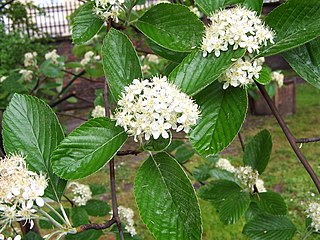Futures Forum: "Britain's wildlife is in an increasingly fragile state, putting food production in jeopardy"
Futures Forum: Neonicotinoids are bad for bees >>> What can we do?
But there are more and more initiatives out there trying to 'do something':
Futures Forum: A talk from the only beekeeper training centre in the country >>> Sidmouth Library: Tuesday 17th November
Last weekend, a new project was initiated in the Sid Valley - and here is a report from a participant from the Sidmouth Arboretum and Friends of the Byes:
An interesting meeting with the bee keepers Wednesday morning promoting Trees For Bees which we attended as members of the Arboretum and FOTB.
Louise Woolley joined us and there were also people from SVA, the Donkey Sanctuary, Clinton Estates, East Devon AONB and EDDC Parks.
Bees need feeding from spring to
autumn and flower meadows, although wonderful for a number of reasons, tend to
offer bee food for a limited period.
Trees can play a significant role across
much of the year and can act as vertical feeding stations, one large tree can
offer as many flowers as a very large flower meadow while taking up much less
space. Alder and Hazel can help bees make a good start to the year by providing
pollen as food.
While being keen to promote
anything that helps bees we will have to discuss what we can do beyond ‘think
bee’ when choosing which species to plant.
Suggestions for action include
upgrading tree labelling to include bee info, bee based information on display
boards similar to the Byes maps, perhaps a pollinator trail leaflet and guided
walks from the museum focusing on pollinator friendly plants.
Richard Simpson
from E Devon Bee Keepers will be sending out more information soon. In the
meantime, I have agreed to sort out a logo for the project which I hope to do in
association with a local school.
I have attached a copy of a
monthly flower guide to help if people are looking to plant bee friendly trees
and shrubs.
There was some discussion about native species but the point was
made that climate change will mean changes to what will and will not grow in an
area.
Sidmouth Arboretum
Friends of The Byes / Sidmouth BEE Project
And from the Trees for Bees website:
Trees for Bees and other pollinators
Plants for Bees and other pollinators
Feb, March, April, May, June, July, Aug, Sept, Oct
 Trees are an incredibly important source of food for bees and other pollinators. In part due to their large size which contains thousands of flower heads giving the pollinators their important source of food in one place.
Trees are an incredibly important source of food for bees and other pollinators. In part due to their large size which contains thousands of flower heads giving the pollinators their important source of food in one place.
The criteria used by councils, or charities, when selecting trees to plant often fails to include their usefulness to pollinators. Yet pollinators, especially bees, require forage from early spring through to late autumn, and native trees, including hazel, alder and pussy willow can provide early sources of pollen when few plants are in flower.
The advantage of planting native wild flowering trees is that the larvae of many native butterflies and moths rely on tree foliage. However, there are some late flowering non native trees, such as Chinese privet, the bee-bee tree and loquat, which can provide a valuable source of autumn nectar. So it is important that a proportion of non natives as well as natives, are included in a selection of pollinator-friendly trees.
If street trees are planted close to community gardens, urban farms, parks and other open green areas, then habitat can be created in those spaces for wild bumblebees and solitary bees, generating pollination streams or 'eddies' between street and garden, farm or park.
Trails or 'rivers' of insect pollinated street trees can link these areas of urban forage with one another enabling flying insects to negotiate a less hazardous and a more nutritiously rewarding path through urban areas.
| ||||||||||||||||||||||||||
Trees For Bees
And here is a piece from the Herald on protecting bats by looking after hedgerows:
Rare bats helped by hedge - News - Sidmouth Herald
.
.
.

















No comments:
Post a Comment